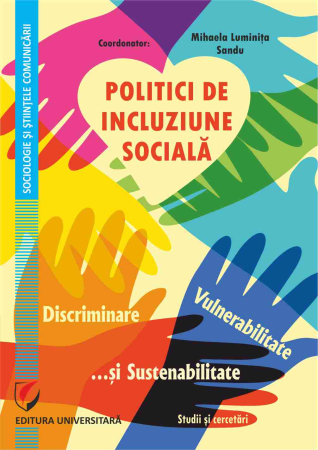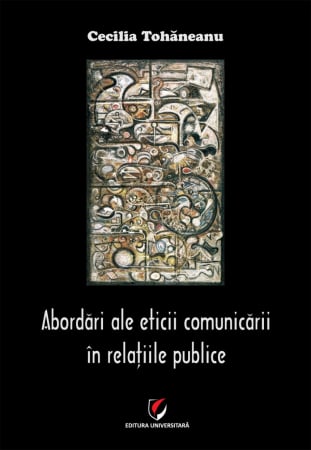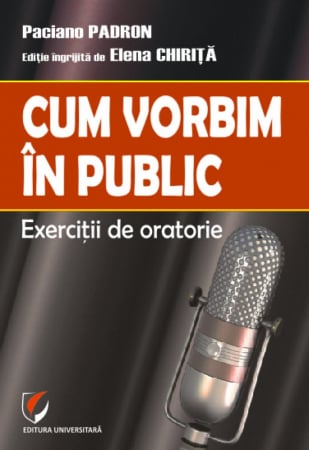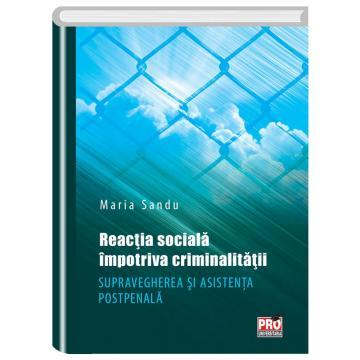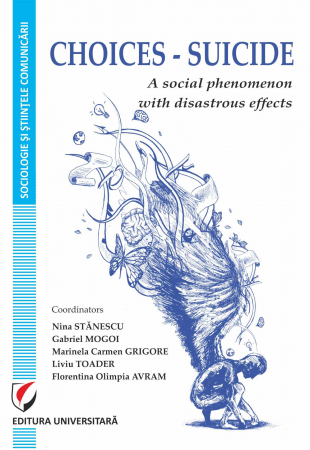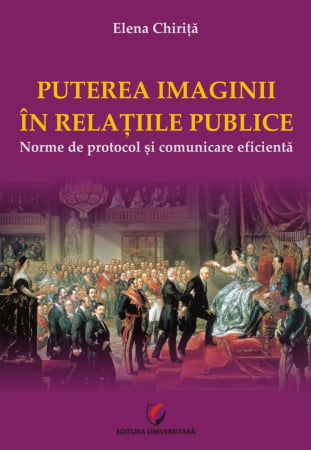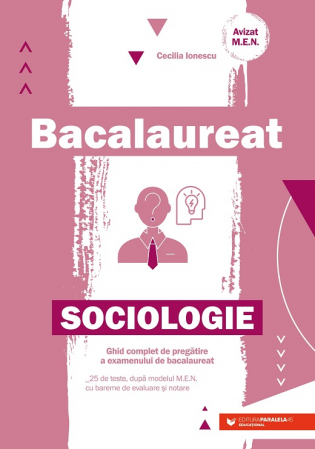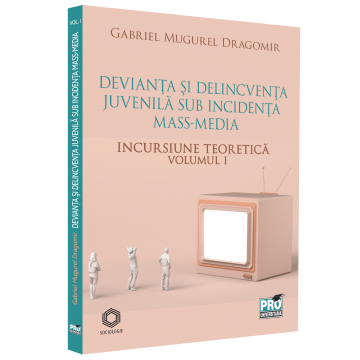Propuneri manuscrise: [email protected]: 0745 204 115
Urmărire comenzi Persoane fizice / Vânzări: 0745 200 357 / Comenzi Persoane juridice: 0721 722 783
Editura: Editura Universitară
Autor: Oprea-Valentin Busu
ISBN: 978-606-28-1262-1
DOI: https://org.doi/10.5682/9786062812621
Anul publicării: 2021
Ediția: I
Pagini: 162
- Descriere
- Download (1)
- Autori
- Cuprins
- Cuvânt înainte
- Review-uri (0)
Also, because we live in a time when direct communication is outdated, the author analyzes the media system mainly under the aspect of image construction or personalized representation of power.
A special mention also deserves the fact that the author achieves his goals by using a multiple perspective - social, psychosociological, anthropological.
This approach is not a final decryption of the contents of the concepts of power and communication - image, but is part of a continuum of efforts to reveal the rich, challenging social reality, thus bringing his own contribution both to finding answers and to the birth of new questions.
-
Psychosocial Characteristics of Images of Power in Mass Communication
Descarcă
CHAPTER I
THE IMAGE - PSIHOSOCIOLOGICAL REFERENCES / 9
The Concept of Image / 9
Image Typology / 13
The Social Image of Organizations / 16
The Identity of Organizations / 18
Transport of Symbols / 23
CHAPTER II
POWER. CONCEPTUAL BOUNDARIES / 27
The specifics of the power relationship / 27
Power as a social phenomenon / 38
Symbolic resources of power / 44
Power structure / 47
Exercise of power / 49
Personalization of political power / 52
Personal power and the cult of personality / 54
Political power / 58
Power and domination / 66
Distance to power / 67
Leader and crowd / 70
CHAPTER III
MASS COMMUNICATION - EXPRESSION OF SYMBOLIC POWER / 74
The concept of masses / 74
The three figureheads of the masses / 77
The capacity for suggestion and the credulity of the masses / 82
Imagination of the masses / 85
The concept of communication / 87
The communication process and its stages / 89
Stages of the communication process / 93
Types of communication / 94
Mass communication / 95
Mass media - a tool for mobilizing public opinion / 101
Communication campaigns / 108
Electoral marketing / 115
Symbolic representation of power / 128
The electoral poster - a classic vector of political communication / 132
CONCLUSIONS / 150
BIBLIOGRAPHY / 153
The enormous power of the media comes from the role it plays, that of organizing information for society, of facilitating and orienting the social perception of various phenomena. In 21st century society, the “informational web” created - to which each of us brings our own contribution - feeds the daily consumption of information that ensures, both the thirst for information of people, the understanding of the relationships daily life, but also the design and support of the interests of the individual and of social groups. The press, radio, television and more recently, the Internet have become the vectors of information, through which man feels, lives and communicates instantly anywhere in the world. But what happens when apparently honorable interests hide petty goals, dictated by necessity or deliberately planned? In this context, what credibility do the media have?
The growing dependence of people on it creates the right ground for the use of one of the most formidable weapons, used in a unique way and without the possibility of reply: misinformation. And through it, it is possible to change people’s feelings, beliefs, attitudes and behavior without resorting to violent means. The power of media information on public opinion can be analyzed in at least two time plans: the immediate, short-term influence and the medium and long-term impact, much more important and sustainable.
The information with the character of immediate influence has the role of triggering the process of reordering the existing data until that moment. Information or information flow with a duration measured in years can influence not only the opinion itself, but even the evaluation tools as such; not only the reaction, but even the mentality. Therefore, when we talk about the power of the media, the center of gravity of the analysis is required to focus on medium and long term effects. Each individual realizes, more or less, that he permanently lives in a virtual computer ocean and that none of the primary necessities necessary for the survival of the human being could be viable without adequate information support, the media being the transmission belt between consumed reality and a potential projection of the future.
The power of media information lies in the fact that it provides information to society, highlights more strongly certain phenomena, events, to the detriment of others, organizes in a certain way the social perception of current events.
The frequency and diversity of the transport of images of power correlate directly in proportion to the size and importance of the territorial space of the human community targeted to be dominated.
The intensity of the positive / negative deformations and the degree of closeness to reality / virtual correlates directly proportionally with the gradual levels of authority, respectively of legitimation of power.

6359.png)
![Psychosocial Characteristics of Images of Power in Mass Communication [1] Psychosocial Characteristics of Images of Power in Mass Communication [1]](https://gomagcdn.ro/domains/editurauniversitara.ro/files/product/large/busu-v_psychosocial-characteristics-_bt-3088-8238.jpg)
